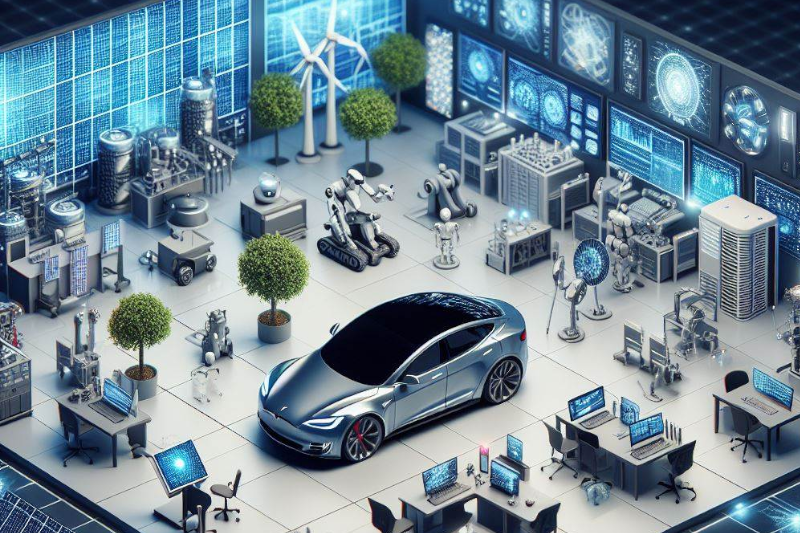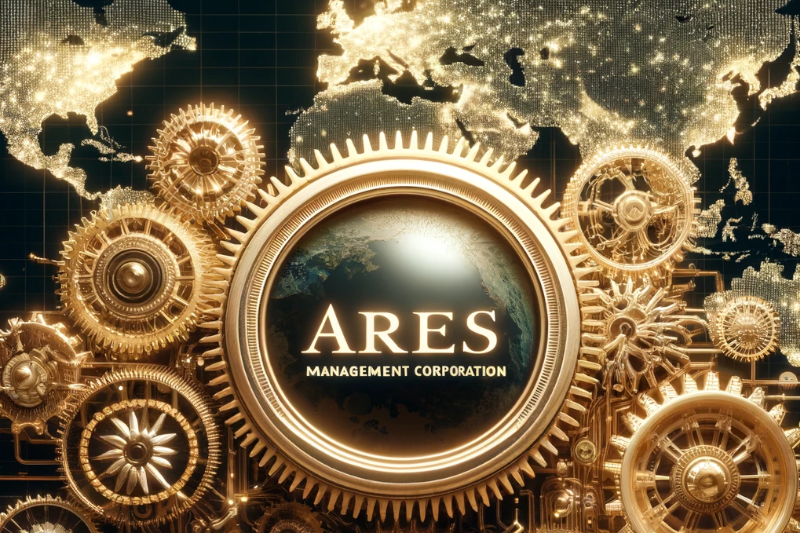In 1764, an Englishman named Ralph Taylor purchased three cottages in Lancashire, England.
They sat alongside a tributary of the River Irk. And Taylor exploited this location to convert those cottages into the first water-powered cotton mill in history.
But it took more than just waterpower to make his investment pay.
He leaned on several cotton textile innovations from the previous decades, which all started with the invention of the flying shuttle in 1734.
The mill also benefitted from its proximity to the Bridgewater Canal. Carved out of the countryside in 1761, this crucial infrastructure connected the Lancashire region to the surrounding coalfields, making the entire area attractive to this new thing called “industry.”
Plus, he must have picked up a thing or two from the owners of the Soho Manufactory.
They opened shop on that same Canal the year following its completion. And many historians credit them as the first businessmen to implement the assembly line process.
In fact, consider his “first of its kind” mill more a feat of synthesis than invention – one that depended on a series of prior advances. Advances that not only made a water-powered cotton mill possible but inevitable.
Ralph Taylor simply got there first.
Now, through this combination of invention, infrastructure, and process, history’s first significant wave of innovation began to build – the industrial revolution.
And as this wave crested over the next eighty years, so too did prosperity.
Each Wave Building on the Last
Waterpower. Textiles. Iron foundries. These and other advances pulled in farmers from the countryside as employment and entrepreneurship flourished in newly booming cities (the population surrounding Taylor’s mill leaped nearly 10-fold during this period).
Once this first wave ran its course, a second wave came ‘round to replace it – this one driven higher through advances in steam power, steel manufacturing, and railroads.
It also gave us the Gilded Age as invention and opportunity compounded to send economic growth and wealth creation to levels far beyond anything witnessed before in human history.
That Gilded Age ended in 1900. Humanity has since benefitted from three more waves of innovation, each leaping higher and unfolding faster than those that preceded (like a slowly creeping precursor to exponential change).
We’re now at the early stages of a sixth wave of innovation. One that not only builds off the previous information age but also plows new ground in sustainable technologies.
AI. Robotics. Advanced material design. Renewable energy. These advances now sit square in the “economically viable” zone. And with critical breakthroughs in battery tech on the horizon, we can all soon expect to get from point A to B in that flying car we all watched George scoot around in on the Jetson’s.
The Start of Innovation’s Sixth Wave
Innovation, infrastructure, and processes are now lining up to move us profitably through this sixth wave.
Electric motors are very efficient and have been for decades. But Li-ion batteries now make them viable. Charging the wide range of EVs – all major car manufacturers now have all-electric models – no longer poses a burden like it did a few years ago.
And the charging infrastructure continues to deepen. And the application of AI to processes provides a massive boost to workloads much like assembly lines did in the past.
Add to this the recent leaps in computer vision technology, and self-driving and self-flying cars will be upon us before we know it.
And it’s the convergence of sensor technology alongside other advance that will truly drive this Sixth Wave of Innovation to remarkable new heights, driving the internal combustion engine to extinction in the process.
Now, computer vision companies take vastly different approaches to go about getting cars, trucks, and air taxis to see.
But one approach in particular stands out among all the rest.
Let There Be Light
Radar, sonar, lidar, and cameras are all approaches to helping autonomous vehicles navigate safely.
And Elon Musk has been clear that he feels cameras can get the job done.
However, to my way of thinking, asking a computer to see like we do feels like a clumsy approach. Besides, Elon is not one to shy away from simply doubling down on claims to justify whatever choice he’s made, no matter how viable his choice actually is.
I take a different view.
Ultimately, I expect the best solution to giving cars sight will combine many computer vision sensors. But the most promising and dominant among them will be solid state lidar.
Lidar uses light like sonar uses sound and radar uses radio waves
Many lidar systems in development use moving mirrors to scatter the lasers. Unfortunately, those moving parts overheat and break down.
But solid state lidar systems have no moving parts. Plus, lidar cuts through all the noise that cameras must deal with and deliver only relevant information to an autonomous vehicles computer system.
Not many vision-sensor companies have gone public. But one that recently hit the scene has all the makings of a dominant player in the sector.
And the company warrants are one way to truly magnify the gains I expect to see from this company’s stock.
Buying Time for the Next Big Move
I’ve put together an interesting play on my favorite stock within this sector (including a unique approach using warrants).
Tap Here to Read the Trade Idea
To your success



